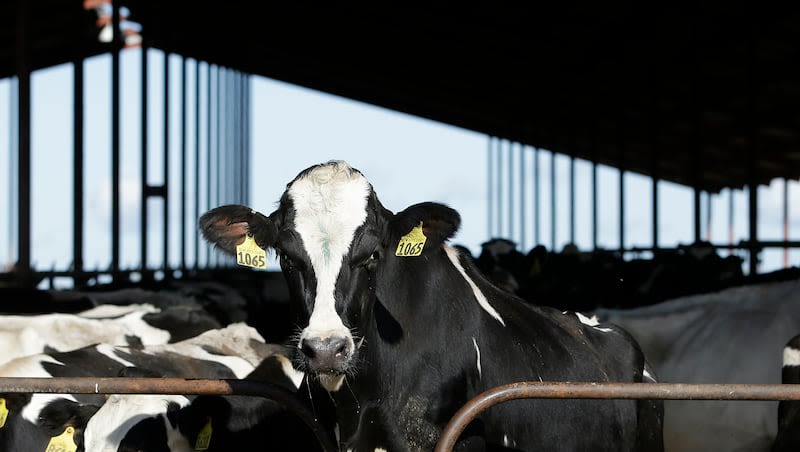Search results
News about GlenOak, Jackson, OHSAA
News about Frankfort, Fairmont Senior, girls lacrosse
Also in the news
The polar bear ( Ursus maritimus) is a large bear native to the Arctic and nearby areas. It is closely related to the brown bear, and the two species can interbreed. The polar bear is the largest extant species of bear and land carnivore, with adult males weighing 300–800 kg (660–1,760 lb). The species is sexually dimorphic, as adult ...
Apr 19, 2024 · Polar bears are stocky, with a long neck, relatively small head, short, rounded ears, and a short tail. The male, which is much larger than the female, weighs 410 to 720 kg (900 to 1,600 pounds). It grows to about 1.6 metres (5.3 feet) tall at the shoulder and 2.2–2.5 metres in length. The tail is 7–12 cm (3–5 inches) long.
- The Editors of Encyclopaedia Britannica
- What is a polar bear?A polar bear is a great white northern bear (family Ursidae) found throughout the Arctic region. Except for one subspecies of grizzly bear, the pol...
- What do polar bears eat?Polar bears are mostly carnivorous. They eat the ringed seal as well as the bearded seal and other pinnipeds. Additionally, polar bears are opportu...
- What are some examples of polar bear adaptations?One important adaptation of polar bears to their unique climate is the transparency of their thick fur, which allows sunlight to pass through and r...
- Are polar bears an endangered species?No, polar bears are not an endangered species, but they are threatened. In 2015 the International Union for Conservation of Nature (IUCN) Polar Bea...
A polar bear might catch only one or two out of 10 seals it hunts, depending on the time of year and other variables. Their diet mainly consists of ringed and bearded seals because they need large amounts of fat to survive. Polar bears rely heavily on sea ice for traveling, hunting, resting, mating and, in some areas, maternal dens.
People also ask
How big is a polar bear compared to a human?
Are polar bears the only animals that actively hunt humans?
Why do polar bears have black noses?
- Arctic Adaptations
- Hunting
- Breeding and Behavior
Polar bears live in one of the planet's coldest environments and depend on a thick coat of insulated fur, which covers a warming layer of fat. Fur even grows on the bottom of their paws, which protects against cold surfaces and provides a good grip on ice. The bear's stark white coat provides camouflage in surrounding snow and ice. But under their ...
These powerful predators typically prey on seals. In search of this quarry they frequent areas of shifting, cracking ice where seals may surface to breathe air. They also stalk ice edges and breathing holes. If the opportunity presents itself, polar bears will also consume carcasses, such as those of dead whales. These Arctic giants are the masters...
Females den by digging into deep snow drifts, which provide protection and insulation from the Arctic elements. They give birth in winter, usually to twins. Young cubs live with their mothers for some 28 months to learn the survival skills of the far north. Females aggressively protect their young, but receive no help from their solitary male mates...
- 3 min
- Joel Sartore
Arctic caribou and wild reindeer are truly circumpolar animals, linking regions and people around the globe. Majestic creature of the far north, the polar bear is the world's largest terrestrial carnivore. Its Latin name, Ursus maritimus, means 'sea bear': an apt name for this amazing species which spends much of its life in, around, or on the ...
Polar bears help us gain an understanding of what is happening throughout the Arctic. All recent indicators show that sea ice in the Arctic is melting at an alarming rate, a problem that needs to be addressed immediately if polar bears, and other species unique to the region, are to survive.



























